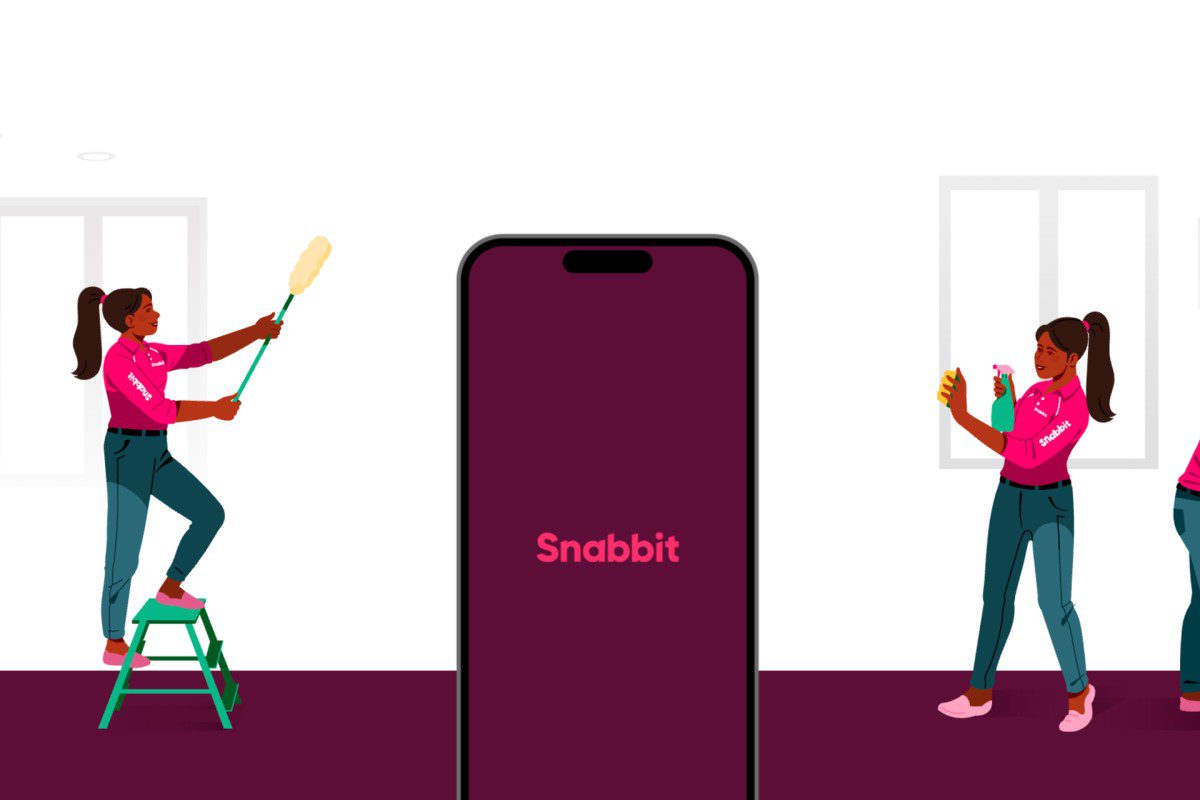
cluely s roy lee on the ragebait Roy Lee, co-founder of Cluely, emphasizes the importance of viral marketing strategies for startups in today’s competitive landscape.
cluely s roy lee on the ragebait
The Importance of Going Viral
In an age where attention spans are dwindling and competition is fierce, startup founders must prioritize strategies that can propel their brands into the spotlight. Roy Lee, a prominent figure in the startup ecosystem and co-founder of Cluely, advocates for a focused approach to viral marketing. He argues that understanding and leveraging the concept of “ragebait” can significantly enhance a startup’s visibility and engagement.
What is Ragebait?
Ragebait refers to content designed to provoke strong emotional reactions, particularly anger or outrage, from its audience. This approach is often seen in social media campaigns where the goal is to elicit a response, whether positive or negative. Lee notes that while this strategy may seem controversial, it can be a powerful tool when executed thoughtfully.
Why Ragebait Works
The psychology behind ragebait is rooted in the way humans process information and emotions. Content that triggers anger tends to be shared more frequently than neutral or positive content. This is due to several factors:
- Emotional Engagement: Content that evokes strong emotions is more likely to be remembered and shared. When people feel anger, they are compelled to express their feelings, often by sharing the content with their networks.
- Social Validation: Sharing rage-inducing content can create a sense of community among like-minded individuals. This validation can further amplify the reach of the content.
- Algorithmic Advantage: Social media platforms often prioritize content that generates high engagement, including comments and shares. Ragebait content can quickly gain traction, leading to increased visibility.
Implementing Ragebait in Startup Marketing
While the concept of ragebait may seem straightforward, implementing it effectively requires careful consideration. Lee provides several strategies for startup founders looking to incorporate this approach into their marketing efforts.
Identify Your Audience
Understanding the target demographic is crucial for any marketing strategy, but it is especially important when utilizing ragebait. Lee suggests conducting thorough research to identify the pain points, frustrations, and values of your audience. This knowledge will help tailor content that resonates with them and provokes the desired emotional response.
Create Relatable Content
Once you have a clear understanding of your audience, the next step is to create content that speaks to their experiences. Lee emphasizes the importance of relatability in ragebait content. It should reflect the frustrations or challenges that your audience faces, making them feel seen and understood.
Utilize Current Events
Incorporating current events into your marketing strategy can enhance the relevance of your content. Lee advises startups to stay informed about trending topics and social issues that resonate with their audience. By aligning your ragebait content with these events, you can tap into existing conversations and increase the likelihood of your content being shared.
Encourage Discussion
Ragebait is most effective when it sparks conversation. Lee encourages founders to create content that invites discussion, whether through comments, shares, or direct engagement with followers. This interaction not only boosts visibility but also fosters a sense of community around your brand.
The Risks of Ragebait
While ragebait can be a powerful marketing tool, it is not without its risks. Lee acknowledges that this strategy can backfire if not handled with care. Here are some potential pitfalls to consider:
- Negative Brand Perception: If the content is perceived as overly aggressive or insensitive, it can damage the brand’s reputation. Founders must strike a balance between provoking thought and maintaining a positive image.
- Audience Alienation: Not all audiences will respond positively to ragebait. It is essential to know your audience well enough to avoid alienating potential customers.
- Short-lived Engagement: While ragebait can generate immediate engagement, it may not lead to long-term loyalty. Startups should consider how to transition from viral content to building lasting relationships with their audience.
Case Studies: Successful Use of Ragebait
To illustrate the effectiveness of ragebait, Lee points to several successful campaigns that have utilized this strategy. These case studies provide valuable insights into how startups can harness the power of emotional engagement.
Case Study 1: The Controversial Ad Campaign
One notable example is a startup that launched a controversial ad campaign targeting a widely debated social issue. The campaign sparked outrage and heated discussions across social media platforms. While the initial response was polarizing, it ultimately led to increased brand awareness and a surge in followers. The key takeaway from this case is the importance of aligning the campaign with the values and beliefs of the target audience.
Case Study 2: The Viral Video
Another successful instance involved a startup that created a viral video addressing a common frustration among consumers. The video humorously depicted the struggles people face, resonating with viewers and prompting them to share it widely. This approach not only generated buzz but also positioned the startup as a relatable and understanding brand.
Long-term Strategies Beyond Ragebait
While ragebait can be an effective short-term strategy, Lee emphasizes the importance of developing a comprehensive marketing plan that goes beyond just provoking outrage. Startups should consider integrating the following long-term strategies:
Building a Strong Brand Identity
A well-defined brand identity is essential for any startup. Lee advises founders to invest time in creating a brand that reflects their values, mission, and vision. A strong brand identity can help maintain customer loyalty even after the initial ragebait campaign has run its course.
Engaging Content Marketing
In addition to ragebait, startups should focus on creating engaging content that provides value to their audience. This can include informative blog posts, tutorials, or interactive content that encourages participation. By offering valuable resources, startups can build trust and credibility with their audience.
Community Building
Fostering a sense of community around your brand can lead to long-term success. Lee suggests creating platforms for customers to engage with one another, share their experiences, and provide feedback. This sense of belonging can enhance customer loyalty and encourage word-of-mouth marketing.
Conclusion
Roy Lee’s insights into the ragebait strategy offer valuable guidance for startup founders looking to enhance their marketing efforts. While the approach can be controversial, it has the potential to generate significant engagement when executed thoughtfully. By understanding their audience, creating relatable content, and encouraging discussion, startups can leverage ragebait to increase visibility and foster community. However, it is crucial to balance this strategy with long-term branding efforts to ensure sustainable growth and customer loyalty.
Source: Original report
Was this helpful?
Last Modified: October 30, 2025 at 6:40 am
1 views















